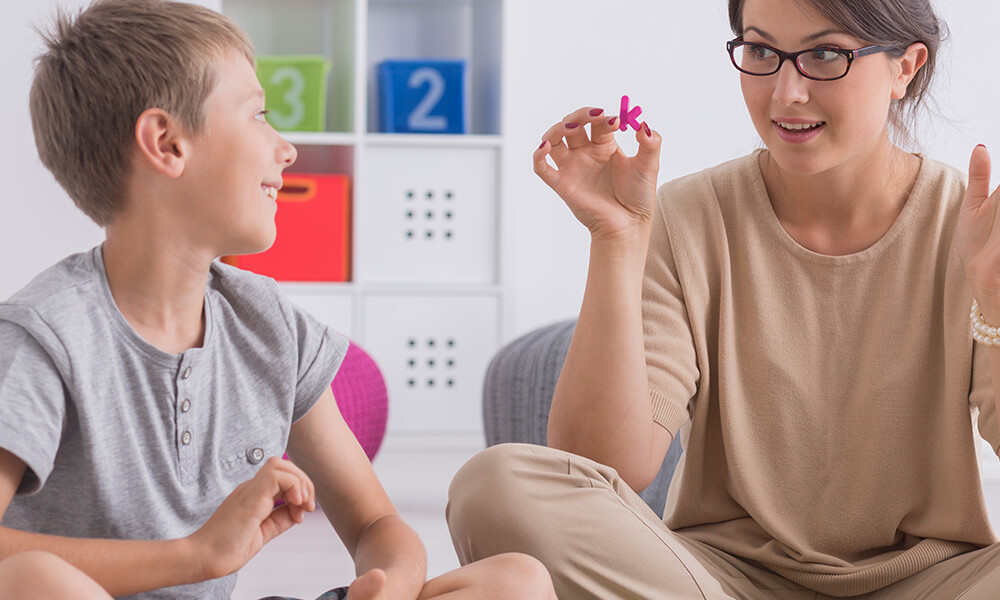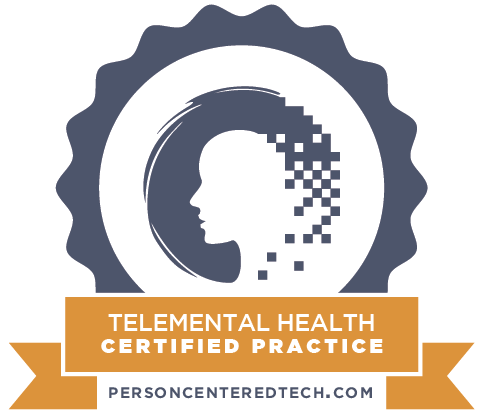If your child is struggling at school with learning, you may be concerned about whether he or she might have a learning disorder, such as a reading disability/dyslexia, math disability, or written expression disability. Or, you may wonder if there might be an attentional deficit (e.g., ADHD), or if your child might be just “bored” and not challenged. Alternatively, you may be concerned about emotional issues, such as anxiety or depression, which may be affecting your child’s learning progress.
If you are experiencing any of the above concerns, pursuing a psychoeducational evaluation for your child can be a useful way for you (and your child’s teachers) to discover some answers.
There are several areas that Dr. Gilbert assesses in her psychoeducational evaluations:
- Cognitive Ability
- Academic Achievement
- Social/Emotional/Behavioral Functioning
- Attentional Functioning
The cognitive assessment provides information about an individual’s intelligence, revealing any strengths as well as weaknesses. Areas assessed include verbal reasoning, visual-spatial skills, nonverbal abstract reasoning, working memory (auditory and visual), and processing speed. This information can be very useful in understanding your child’s thinking and reasoning abilities. For example, if your child’s verbal reasoning skills are significantly better than his or her nonverbal reasoning skills, it may be that your child may understand new information more easily when it is presented in a verbal, rather than visual, format.
Moreover, if your child is found to have a weakness in working memory and/or processing speed, this may mean that, in order to learn, your child may require information to be repeated, or may need to be exposed to material on multiple occasions, or may need the pace of instruction to be slowed down. Further, within working memory, it can be very useful to discover whether your child may have a weakness in recalling either visual or verbally-presented information. In this way, your child’s teacher can then be sure to introduce material in a format that works better for your child. The cognitive assessment may also determine whether your child is a gifted learner, and in need of gifted instruction at school in order to appropriately stimulate and capture your child’s learning motivation. Knowing your child’s intellectual strengths and weaknesses can especially help teachers to understand that your child can learn, but that he or she may need strategies or accommodations to facilitate that learning.
The academic achievement assessment measures a child’s achievement in reading, math, and written language. In reading, the areas of sight-word reading, phonetic decoding, oral reading fluency, and reading comprehension are assessed. When children are young and their reading skills are still emerging, Dr. Gilbert often includes a test of phonological processing to investigate foundational reading skills. For math, timed math facts, untimed math calculations, and math reasoning are measured. In the area of written language, sentence composition skills, spelling, and essay composition skills are evaluated. This information may then be used to determine whether a Specific Learning Disorder is present in reading (dyslexia), math (dyscalculia), or written expression (dysgraphia).
To assess a child’s social, emotional, and behavioral functioning, parent and teacher rating scales are used. When appropriate, the child may also complete a self-rating scale. These scales include a wide range of concerns that children exhibit, including acting-out behavior, symptoms of anxiety and depression, and adaptive skills such as adaptability and social skills. Rating scales are also used to assess whether a child may be exhibiting significant difficulty with inattention, hyperactivity, and impulsivity. Lastly, a computerized test is administered, which measures a child’s ability to sustain his or her attention, as well as to resist impulsive responding, when exposed to both visual and auditory information. Dr. Gilbert is then able to consider all this data, in conjunction with the child’s history, to determine whether ADHD may be present, or if anxiety is a primary factor preventing the child from making adequate school progress, or if depression may be playing a role, or if an Oppositional-Defiant Disorder may be at play. Included as part of the evaluation is a meeting with the parent(s) to review all the assessment data, and to discuss best practice recommendations that are provided by Dr. Gilbert. Because Dr. Gilbert is a certified school psychologist (in addition to being a licensed psychologist), she can guide parents in navigating the complicated world of special education services and IEPs if appropriate.
If you are interested in more information, please contact Dr. Gilbert’s office. The testing typically involves 4-5 hours of direct testing. The cost is generally $1250 – $1450, depending on what assessments are needed. Remember to bring your child’s eyeglasses if they are needed, to make sure your child goes to bed on time the night before, and that your child has a good breakfast/lunch prior to the assessment.

 (480) 947-5739
(480) 947-5739 info@pcsintensive.com
info@pcsintensive.com










